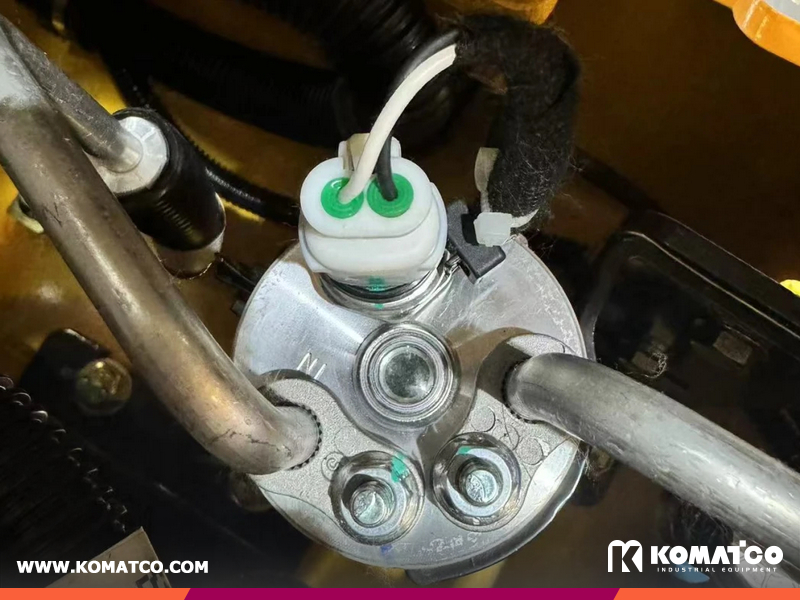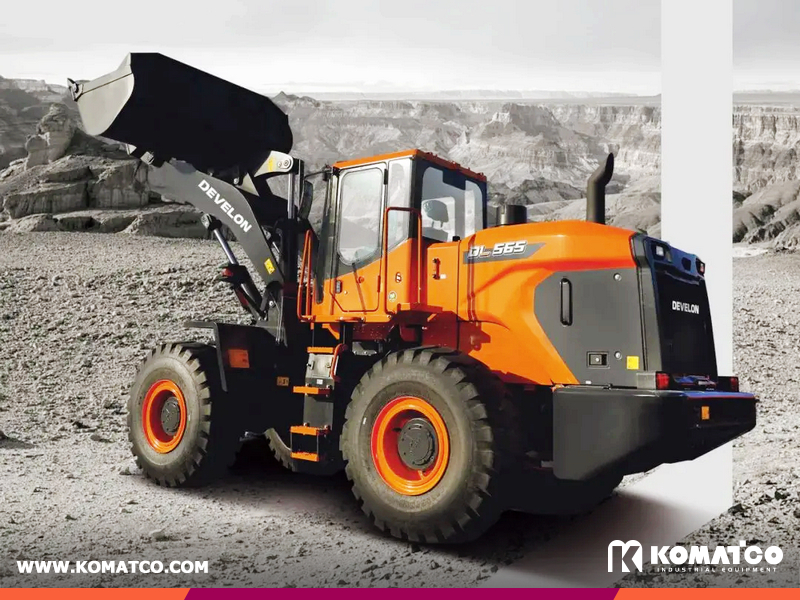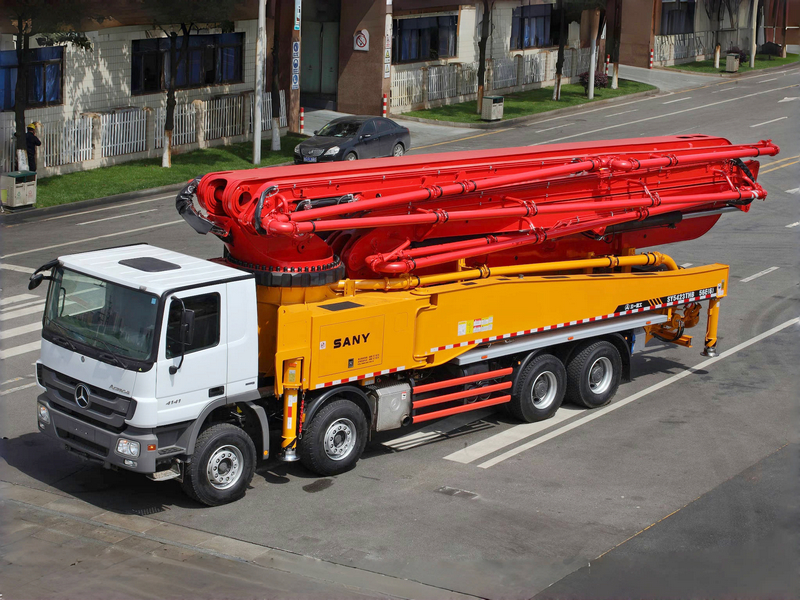Excavators are known for their power and size, yet when it comes to precision tasks, they are equally competent. However, achieving both high efficiency and fuel economy requires skilled operation and attention to detail. Below are practical tips to help excavator operators improve performance while reducing fuel consumption.
- Mastering Control for Smooth Operation
The speed and power of hydraulic excavator movements are directly controlled through the operator's joystick input. Small joystick movements result in slower, less forceful actions, while larger inputs deliver faster and stronger performance.
It’s crucial not to slam the joystick into full stroke suddenly, especially when starting a task. Abrupt movements can lead to jerky actions and increased mechanical stress. Instead, gradually transition from small to larger movements to maintain smooth, stable operation. This is a foundational skill every operator must master.
- Efficient Digging Techniques
Digging is a core task for any excavator, and good technique greatly improves efficiency:
Bucket Angle Matters: Always angle the bucket teeth to “slice” into the soil like a knife, rather than “slapping” the ground. Start with the bucket teeth entering the soil, then curl the bucket and lift the boom in one fluid motion.
Hard Soil Edges: When working along compacted edges, begin with two or three teeth to cut into the soil before completing the full bucket pass. This reduces resistance and increases bucket fill rate.
Maximize Each Bucket Load: Especially when loading trucks, ensure each scoop is full. During rotation, avoid performing multiple operations simultaneously. Focus on rotating alone to achieve maximum swing speed.
Dumping Technique: Don’t rely solely on opening the bucket to dump. Combine opening with a quick curl-in and flick-out motion to discharge material more efficiently.
- Ground Leveling Best Practices
Ground leveling with an excavator involves coordinating the boom and arm to maintain a smooth, straight bucket path. Think of the movement as forming a triangle: the boom, arm, and ground create three sides. The relative extension of the arm and boom must be synchronized—this requires practice to perfect.
Effective Zones: Use sections A-B of the arm’s range for reclaiming leftover soil, and B-C for optimal leveling. For thin soil layers, section D allows for backward smoothing. With thicker layers, lift and curl the bucket to distribute material.
Observation is Key: Ground leveling demands careful visual judgment. Operators must observe the ground’s height changes from all angles and adjust accordingly—this comes with experience.
- Trenching with Precision
Though trenching may seem simple, doing it right requires skill:
Stay Straight: Trenches must follow the planned path precisely. Use pre-marked chalk lines or create guide tracks by driving the excavator along the planned route before digging. Align the bucket’s center tooth with the guideline to ensure straight cuts.
Maintain Slope and Depth: Trench bottoms should be smooth with consistent slope. Use measurement tools or check visually by exiting the cab frequently. For deep trenches, slope the sidewalls to prevent collapse.
Tight Spaces: When trenching near buildings, be aware of the excavator’s rear swing. Check clearance by leaning out to observe the machine's rear as it swings left. If that side clears, the unseen right side will too.
- Slope Shaping Techniques
There are two main methods for cutting and shaping slopes:
Parallel Slope Cutting: The excavator tracks parallel to the slope. Operators use the side teeth and bucket edge in combination with rotation to trim the slope. Control slope angle using either a curved motion or diagonal line technique based on visual reference. This method is common in roadwork.
Perpendicular Slope Cutting: The excavator faces the slope directly, cutting in sections by moving forward between each cut. Use boom-down and arm-in motions in sync, with the bucket used primarily for fine finishing.
Final Thoughts
Excavator operation is not just about power—it’s about precision and control. Efficient fuel use and productive work come from a deep understanding of machine dynamics and real-time judgment. From trenching to grading, mastering these techniques will ensure smoother operations, reduced wear and tear, and better project outcomes.

-
 How to Check Excavator Belt Tension2025-11-19
How to Check Excavator Belt Tension2025-11-19 -
 Summer Excavator Air Conditioning Use and Maintenance Guide2025-10-13
Summer Excavator Air Conditioning Use and Maintenance Guide2025-10-13 -
 Long-Term Storage Guidelines for Wheel Loaders2025-09-18
Long-Term Storage Guidelines for Wheel Loaders2025-09-18 -
 Common Issues in SANY HBC Remote Control System2025-08-20
Common Issues in SANY HBC Remote Control System2025-08-20 -
 Summer Maintenance Tips for Wheel Loaders in Hot Weather Conditions2025-06-24
Summer Maintenance Tips for Wheel Loaders in Hot Weather Conditions2025-06-24















